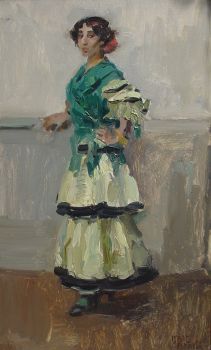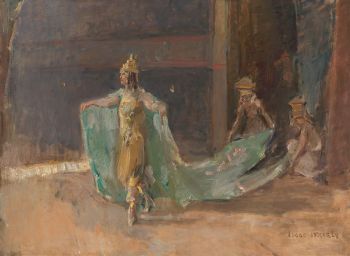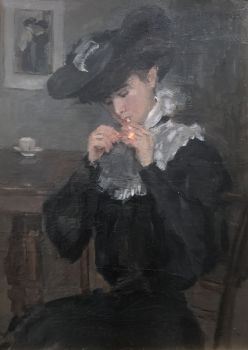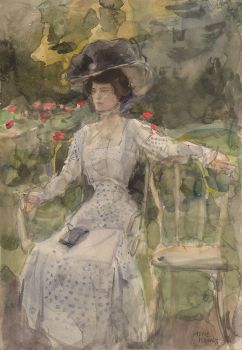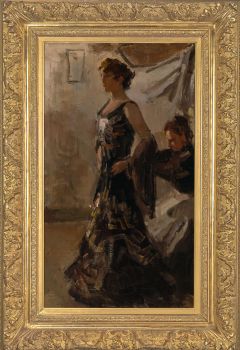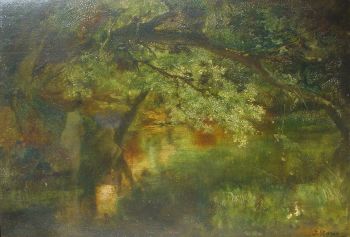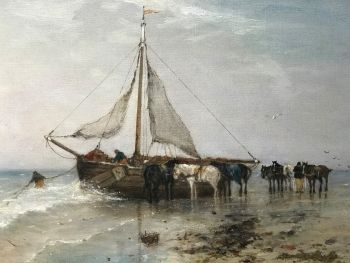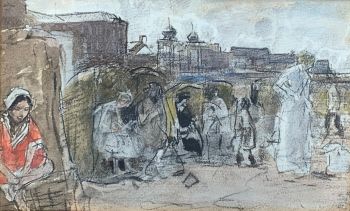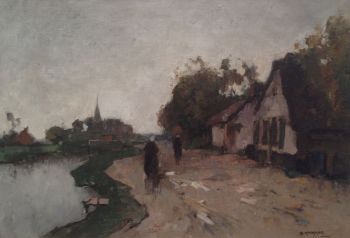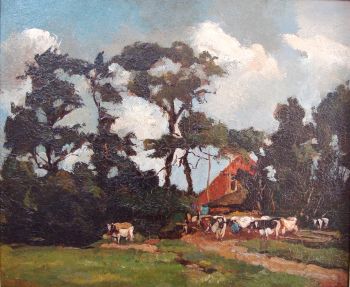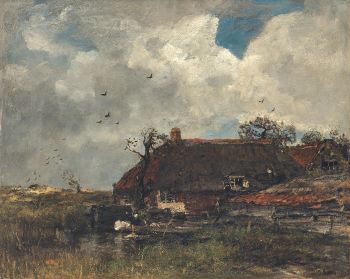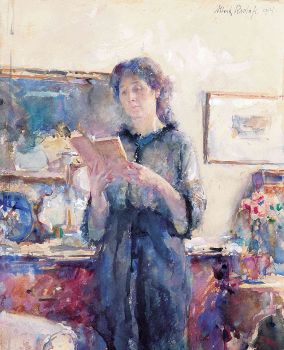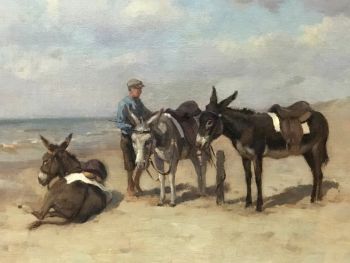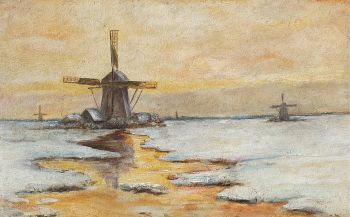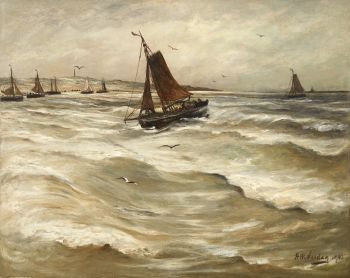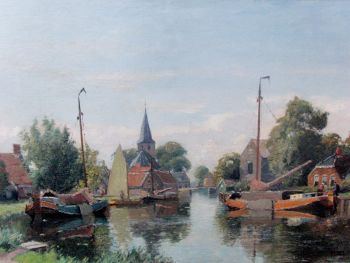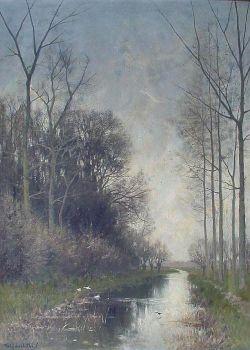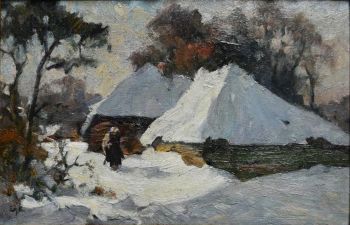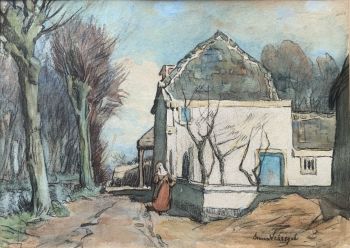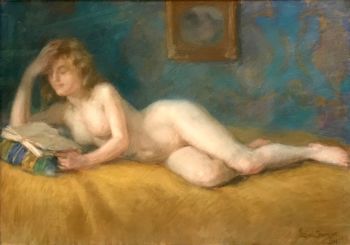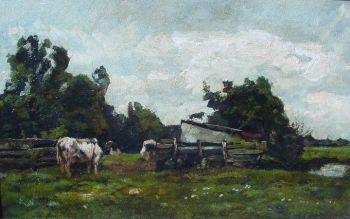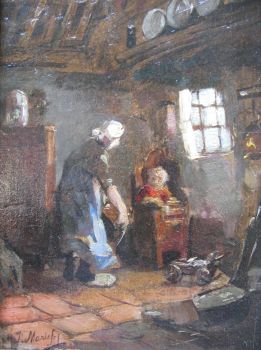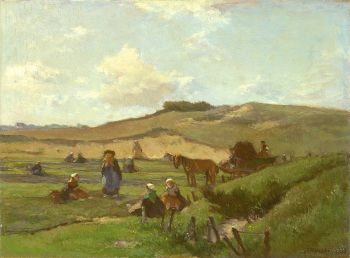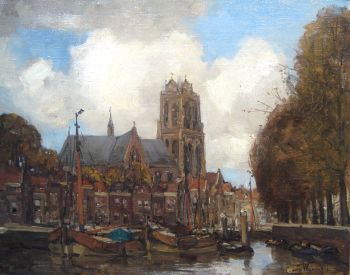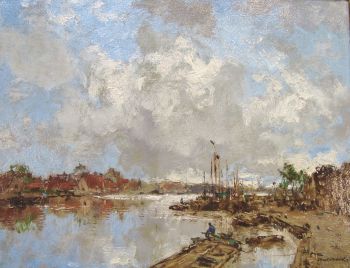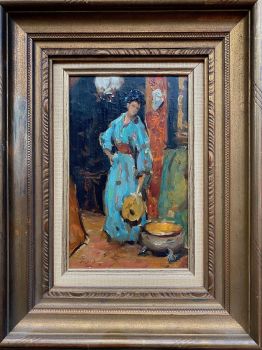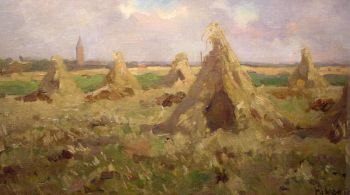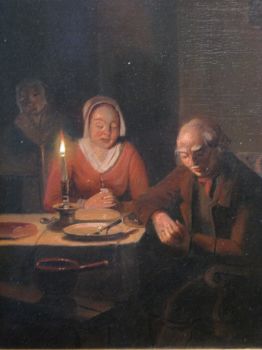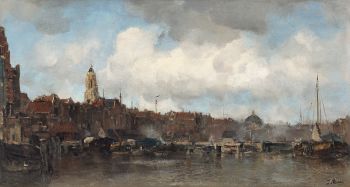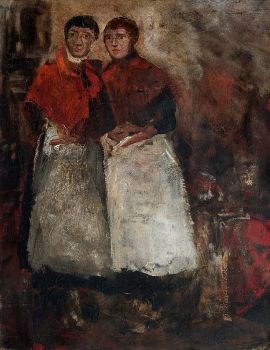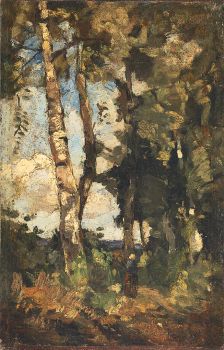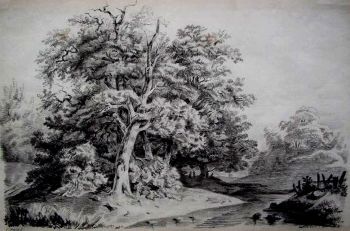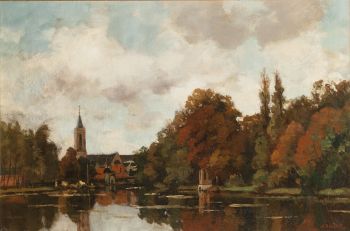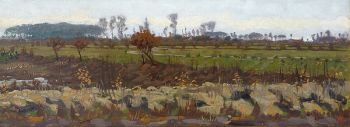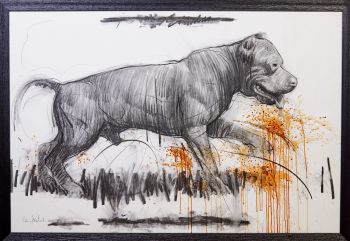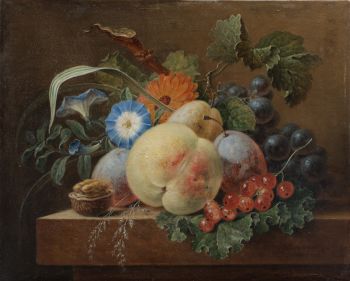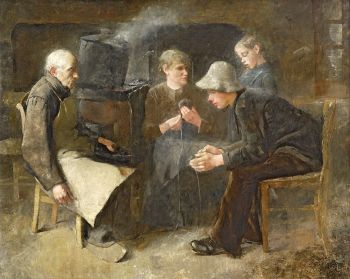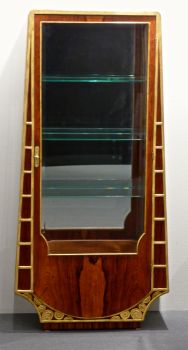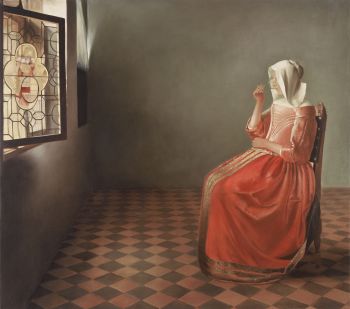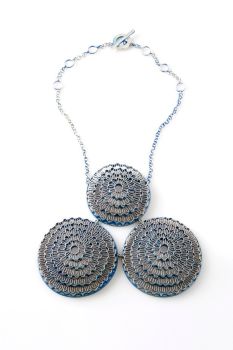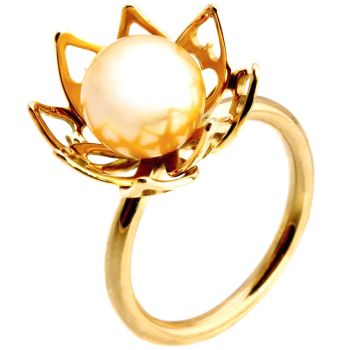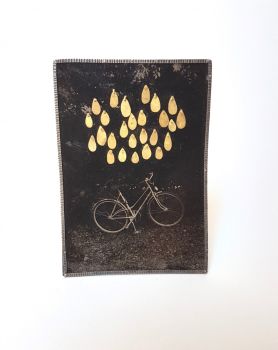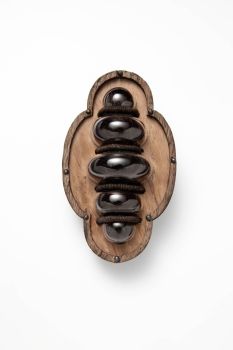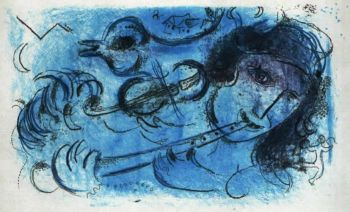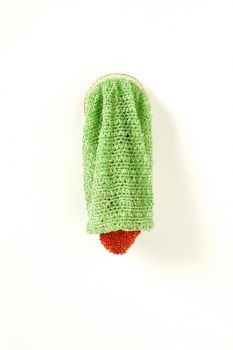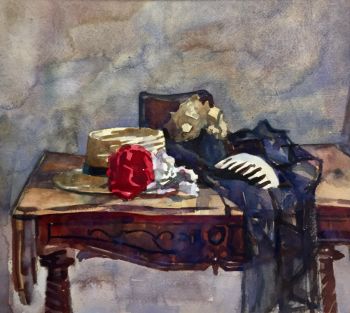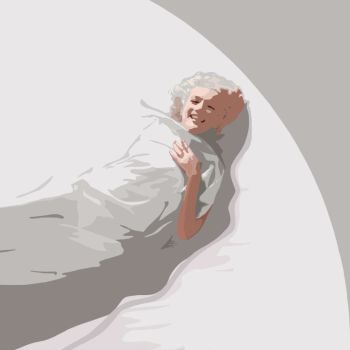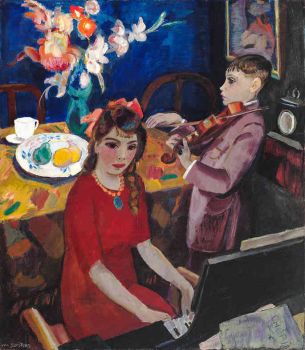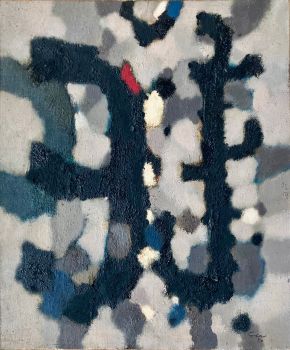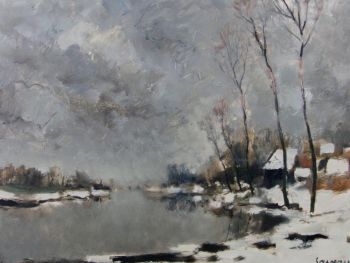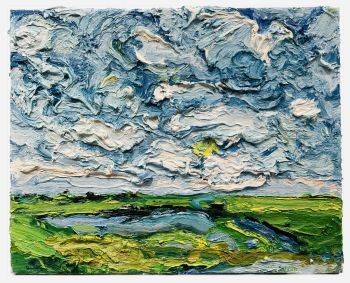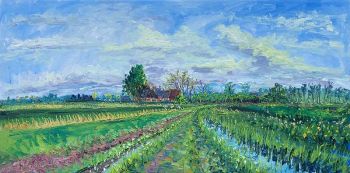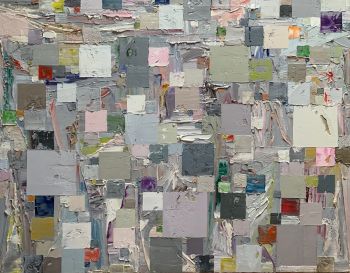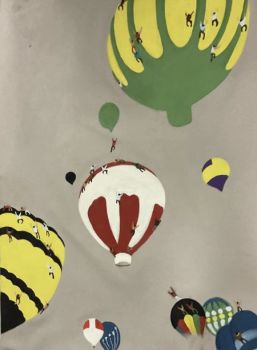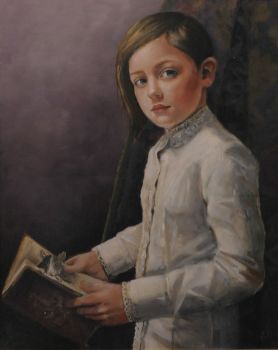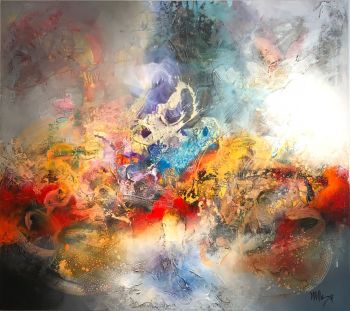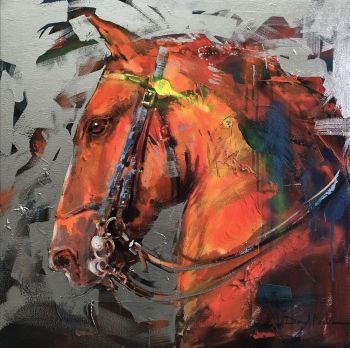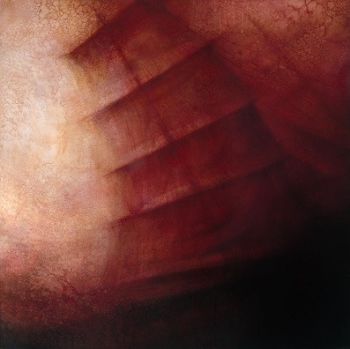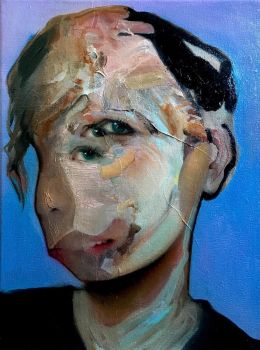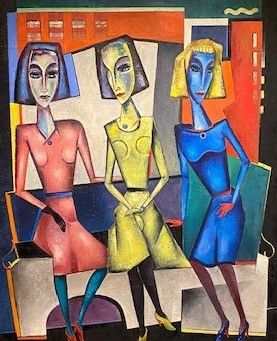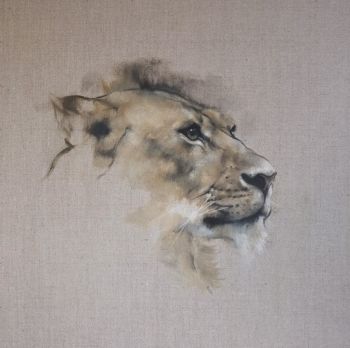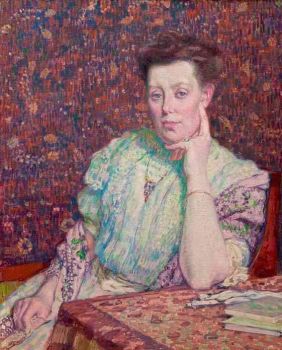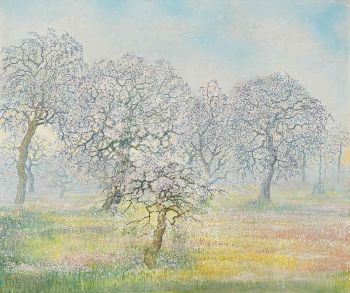The Balalaika Players 1890 - 1910
Isaac Israels
Olio originale su tela
79 ⨯ 62.50 cm
ConditionExcellent
Attualmente non disponibile tramite Gallerease
- A proposito di opere d'arteJozef Israëls’s son, Isaac Israëls was raised on a diet of painting and travel. At thirteen, he entered art school in The Hague, where his prodigious talent was soon noticed. In 1881, he began a painting that was purchased before it was completed by Hendrik Willem Mesdag. In 1886, Israëls enrolled at Amsterdam’s Art Academy, where he was considered ‘too good’.
Israëls often spent the summer months with his father in Scheveningen, where he painted seaside scenes in bright colours. In Amsterdam, Israëls spent much of his time with George Hendrik Breitner. Both were fascinated by the idea of portraying city life by capturing a passing moment in time. To convey the sense of a snapshot, they cropped their subjects abruptly. Israëls was in Paris, London and briefly in the Dutch East Indies from 1903 to 1923. He then returned to The Hague and took over his father's studio. There he remained, producing impressionist paintings in light colours.
Israëls was a frequent visitor to theatres and concerts, which allowed him to depict the vivid lives of artists of all genres from all around the world. This painting portrays two folk artists from the cossack orchestra, which performed in Paris around 1910. - A proposito di opere artista
Isaac Israels è nato ad Amsterdam nel 1865, figlio del pittore Jozef Israels. All'inizio della sua vita, la sua famiglia si trasferì a L'Aia. Durante la sua vita di artista Isaac ha scambiato "il pallet grigio" della scuola di Haagse (la scuola dell'Aia) per un pallet più colorato e vivace. Israels era associato al movimento dell'impressionismo di Amsterdam. Tra il 1880 e il 1882 studiò alla Royal Academy of Art, L'Aia, dove incontrò George Hendrik Breitner, che sarebbe diventato un amico per tutta la vita. Tornò ad Amsterdam dove gli fu chiesto di unirsi ai Kring der Tachtigers (il gruppo degli Ottanta). I paesaggi urbani caratterizzati dalla vita di strada di Amsterdam e Parigi, donne alla moda, interni di caffè e laboratori di cucito sono tra le sue scene più popolari. È considerato uno dei più importanti impressionisti olandesi. Isaac Israels morì nel 1934 all'Aia.
Artwork details
Related artworks
- 1 - 4 / 12
Aris Knikker
Riverview with a village (Kortenhoef, Netherlands)1887 - 1962
Precio a consultarKunsthandel Pygmalion
Bernardus Johannes Blommers
Het bereiden van de maaltijd1870 - 1914
Precio a consultarStudio 2000 Art Gallery
Hendrik Willem Mesdag
SCHEVENINGEN, VISSERSSCHEPEN VOOR DE KUST 1903
Precio a consultarGalerie Het Noorderlicht
Fredericus Jacobus van Rossum du Chattel
Poldervaart in the Vecht river region1899 - 1901
Precio a consultarKunsthandel Pygmalion
Johannes Evert Akkeringa
'Nettenboetsters' in the Dunes1861 - 1942
Precio a consultarStudio 2000 Art Gallery
1 - 4 / 24Gijsbertus Jan Sijthoff
Interior scene with a woman doing needlework1890 - 1920
Precio a consultarVan der Aalst Fine Art
1 - 4 / 24- 1 - 4 / 24
- 1 - 4 / 24




